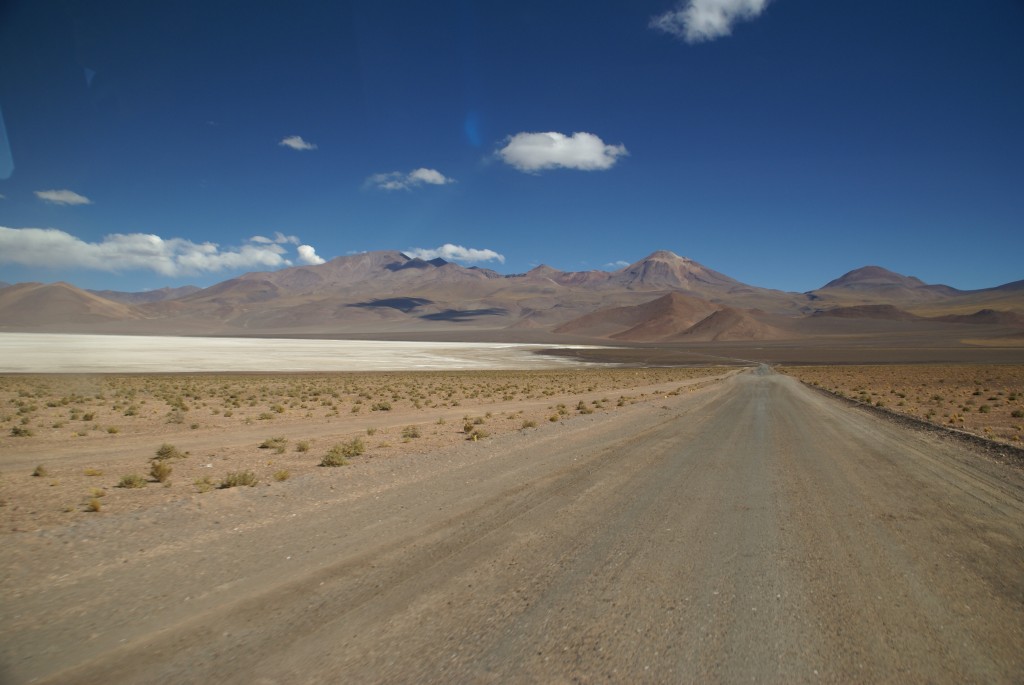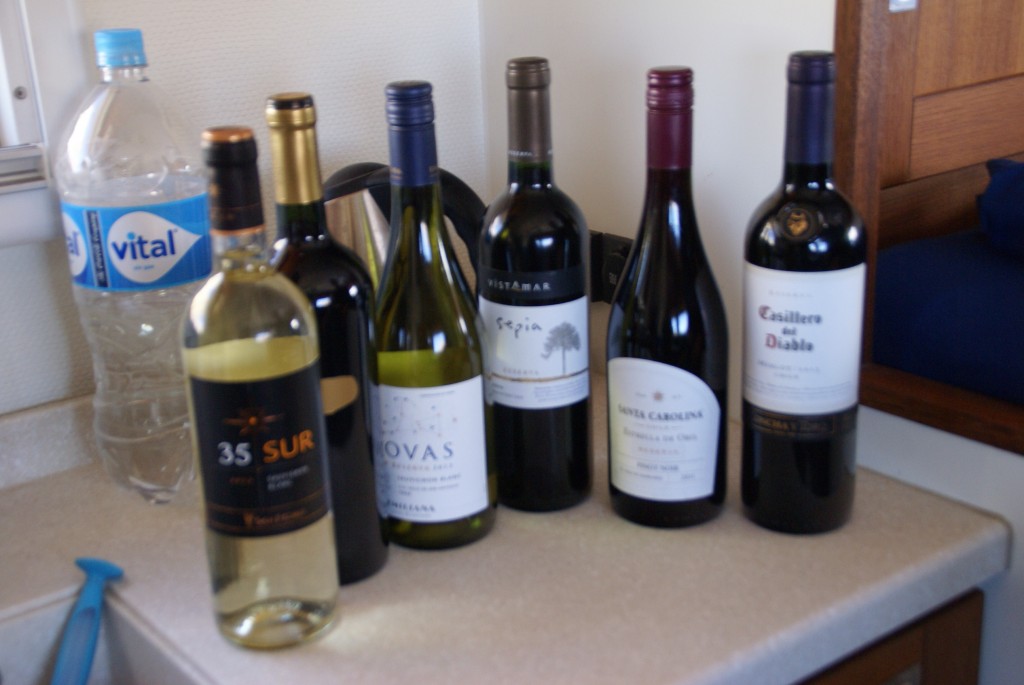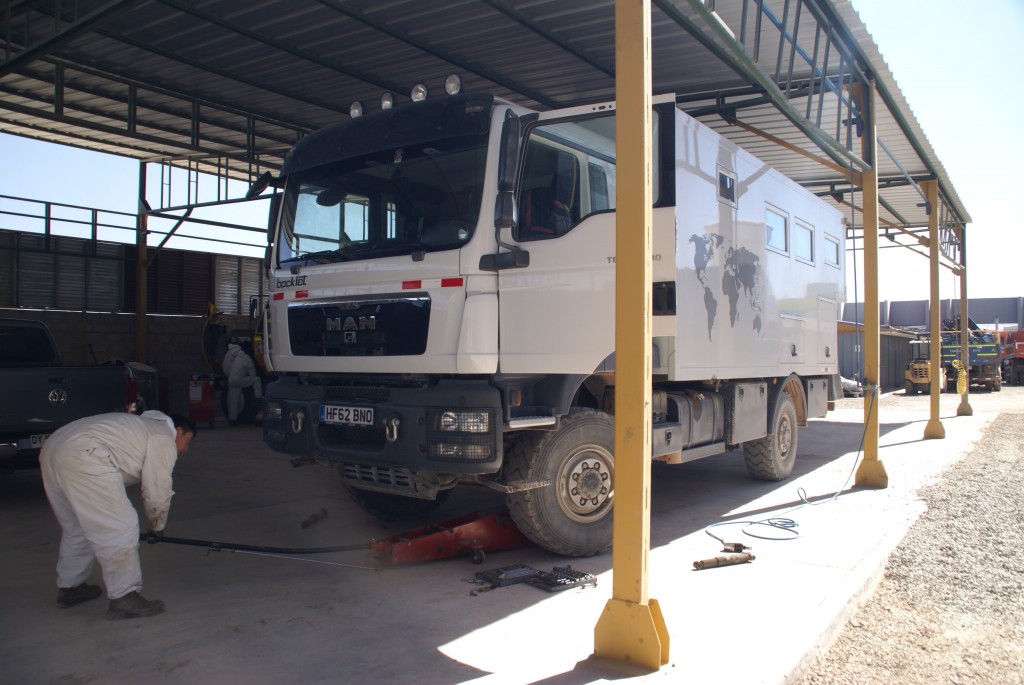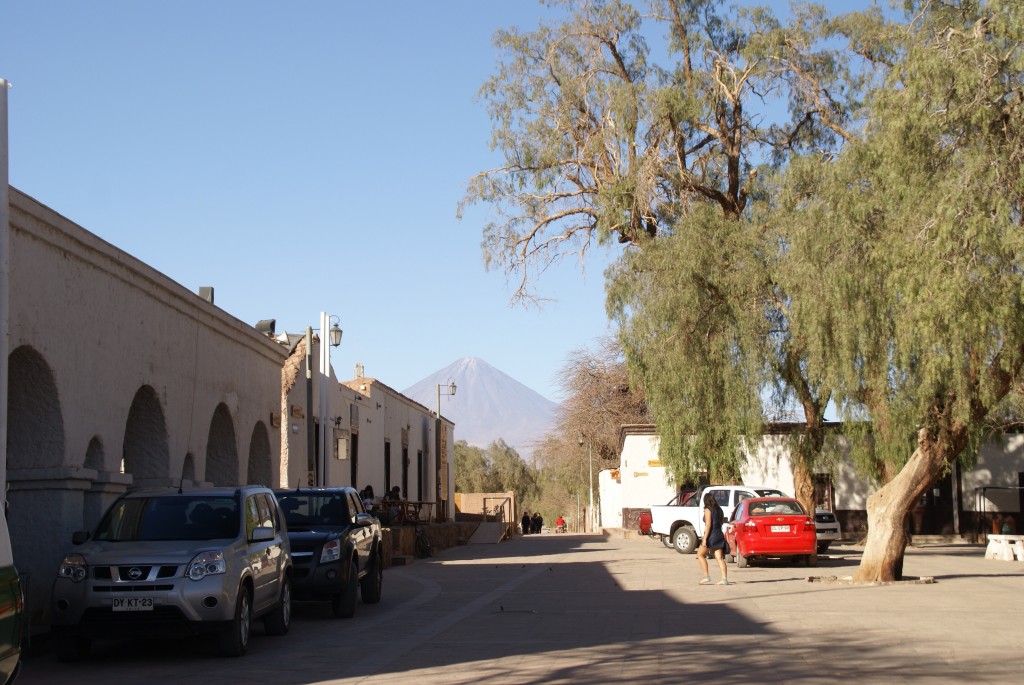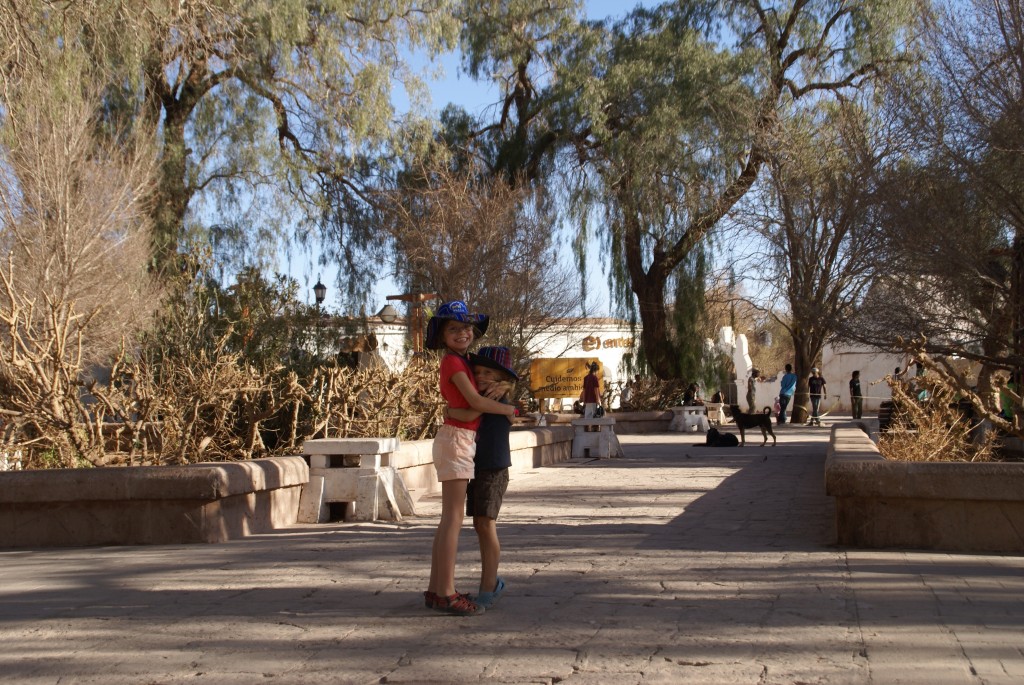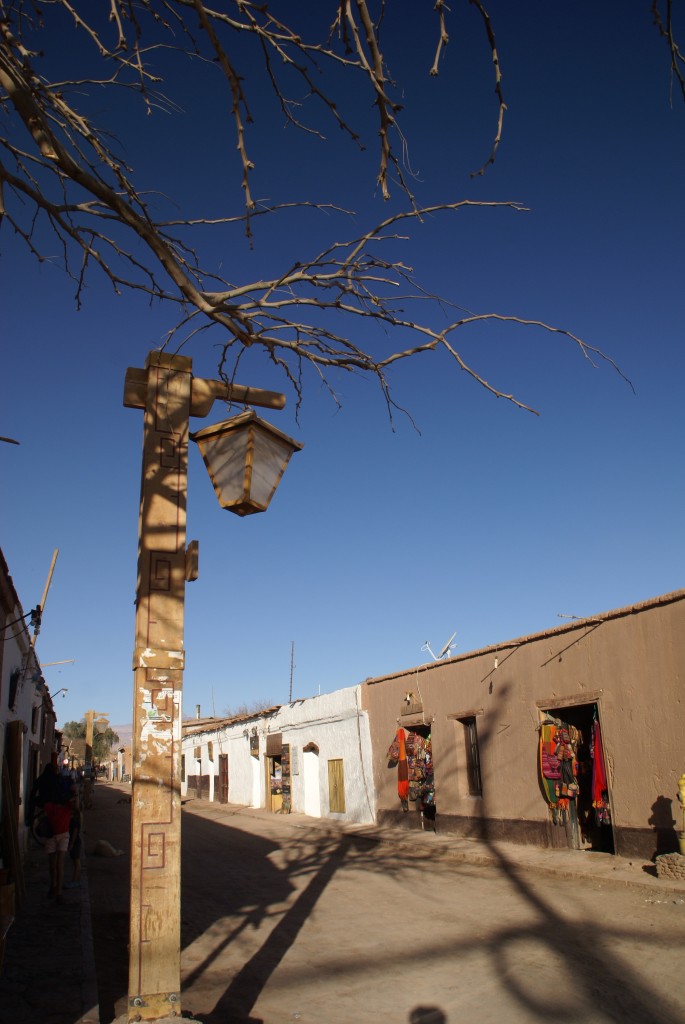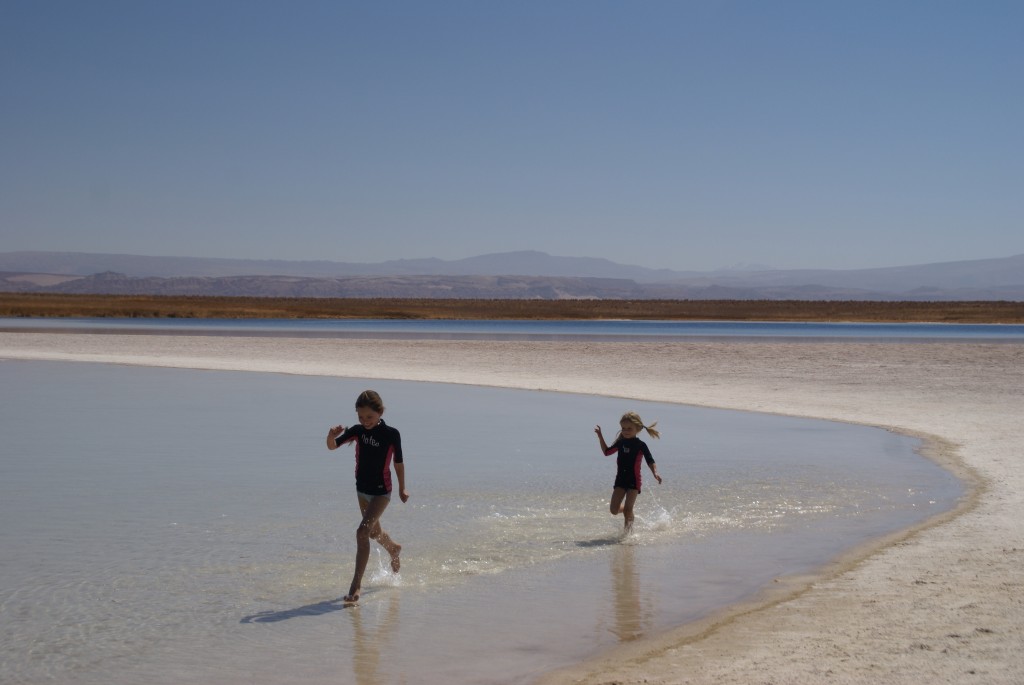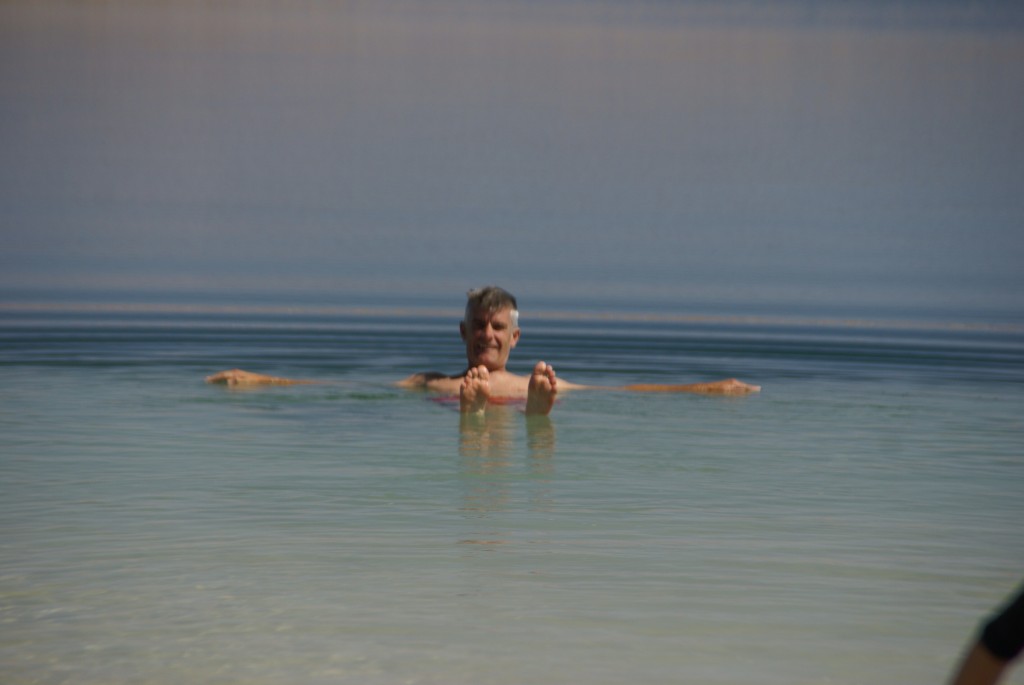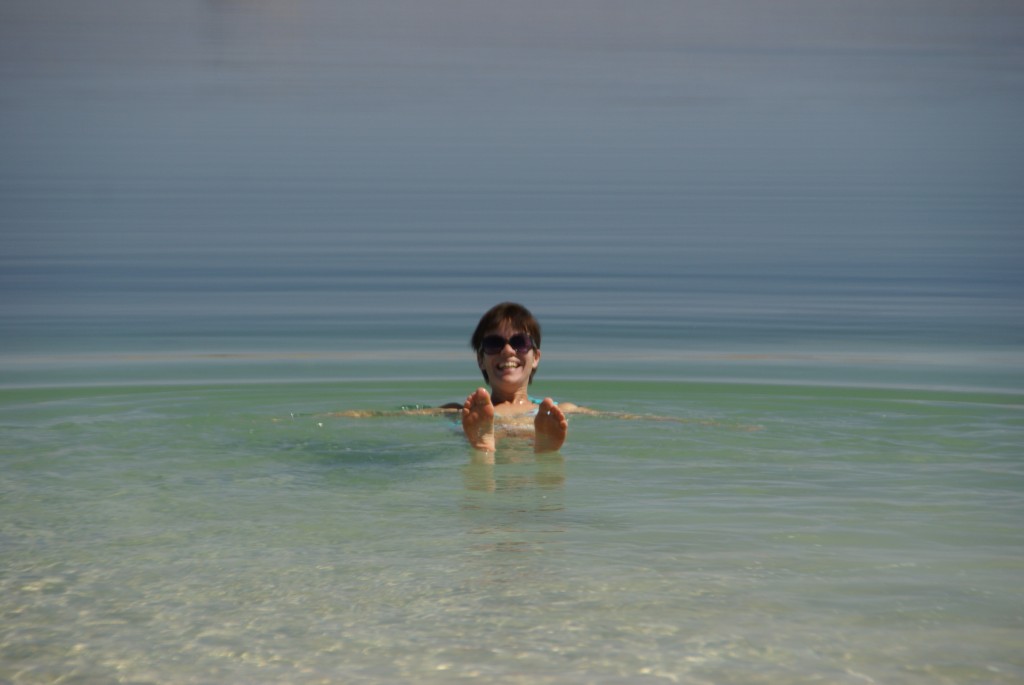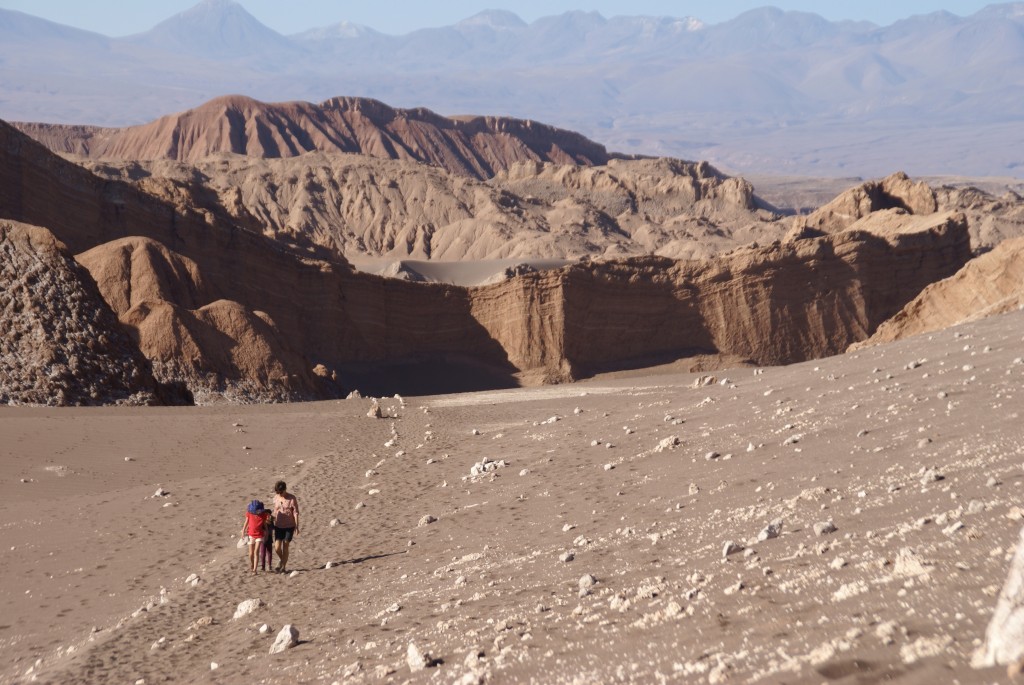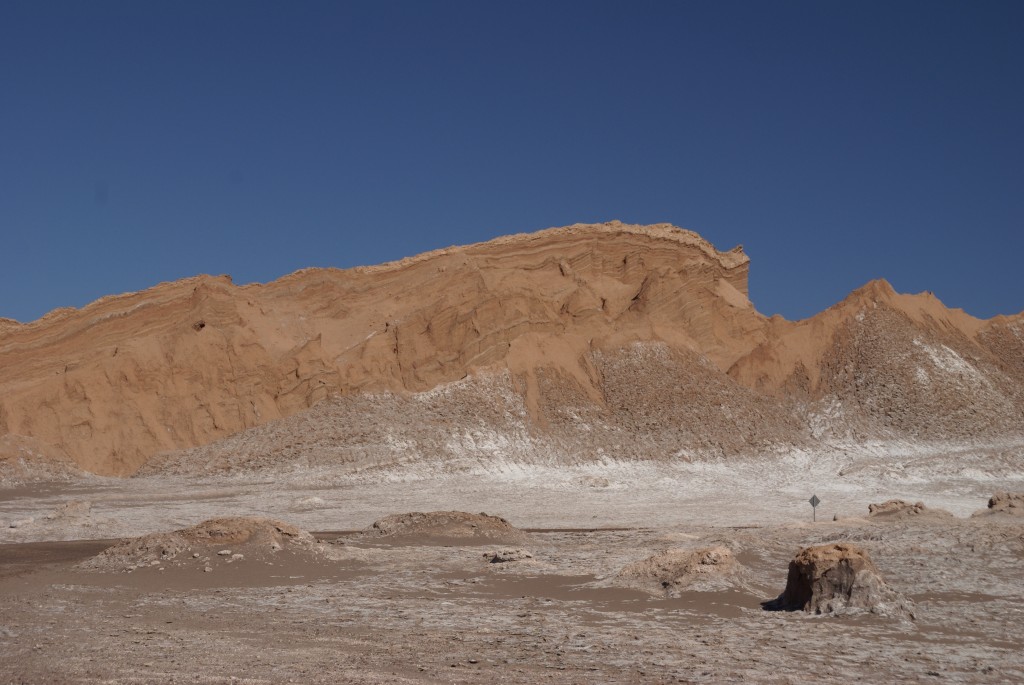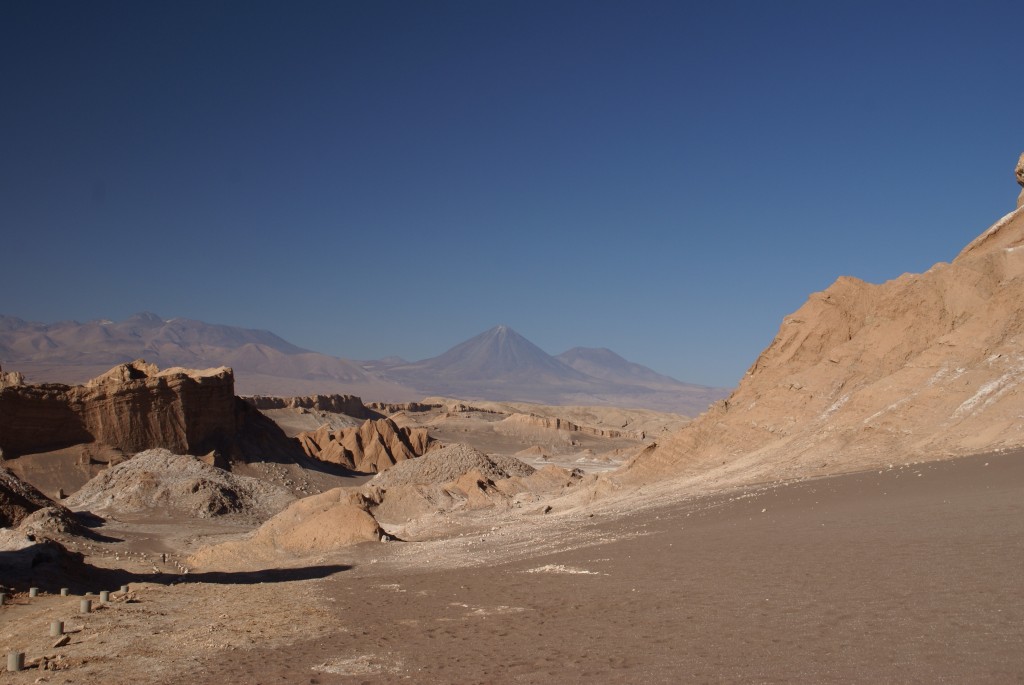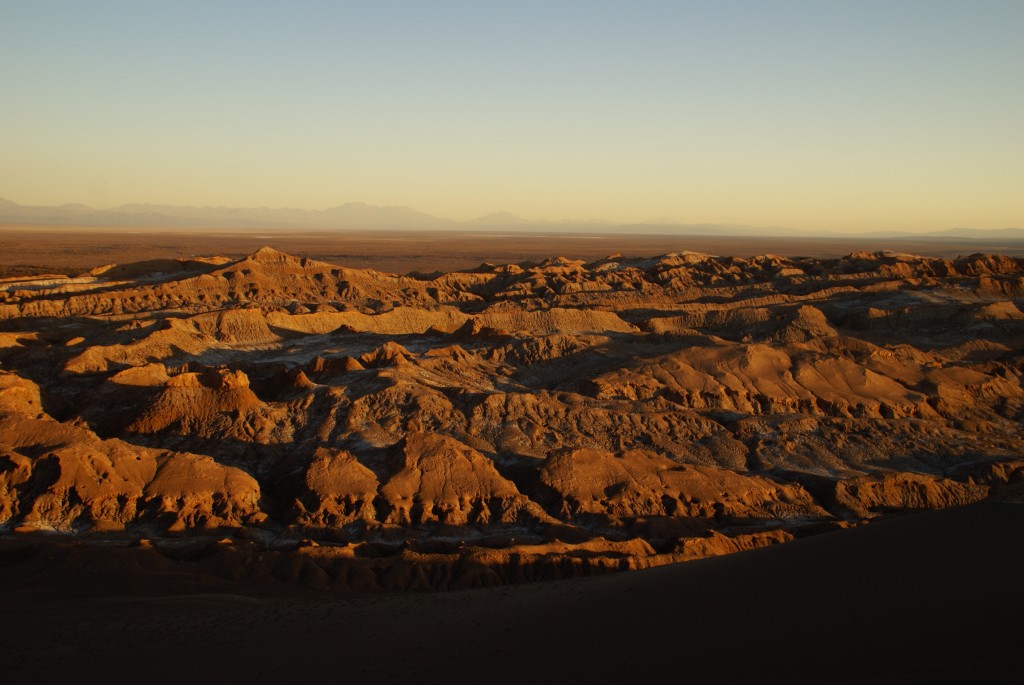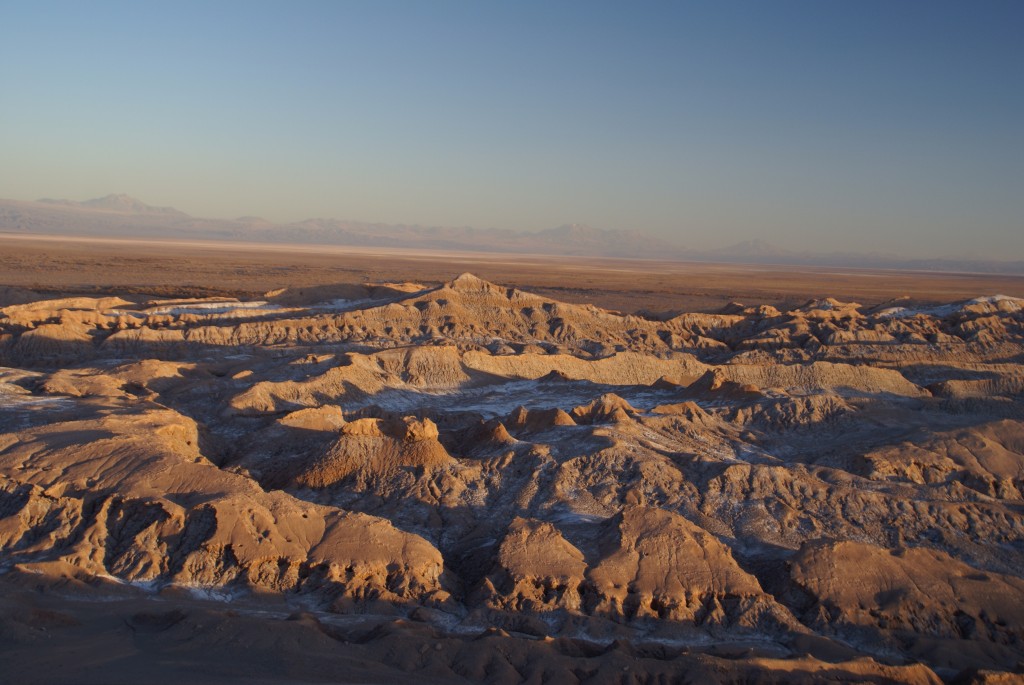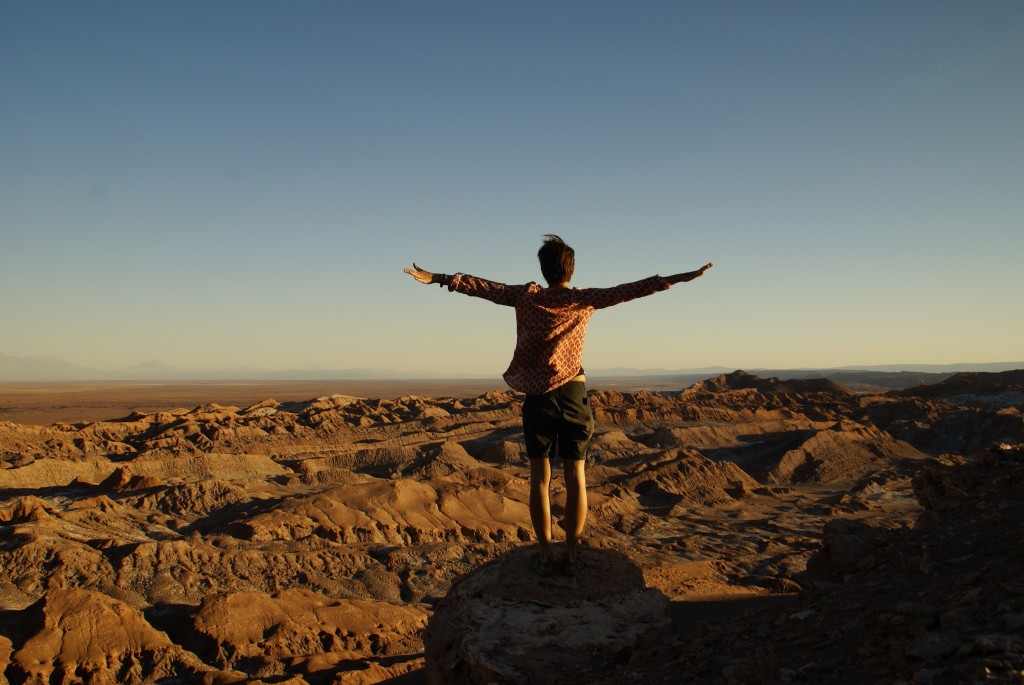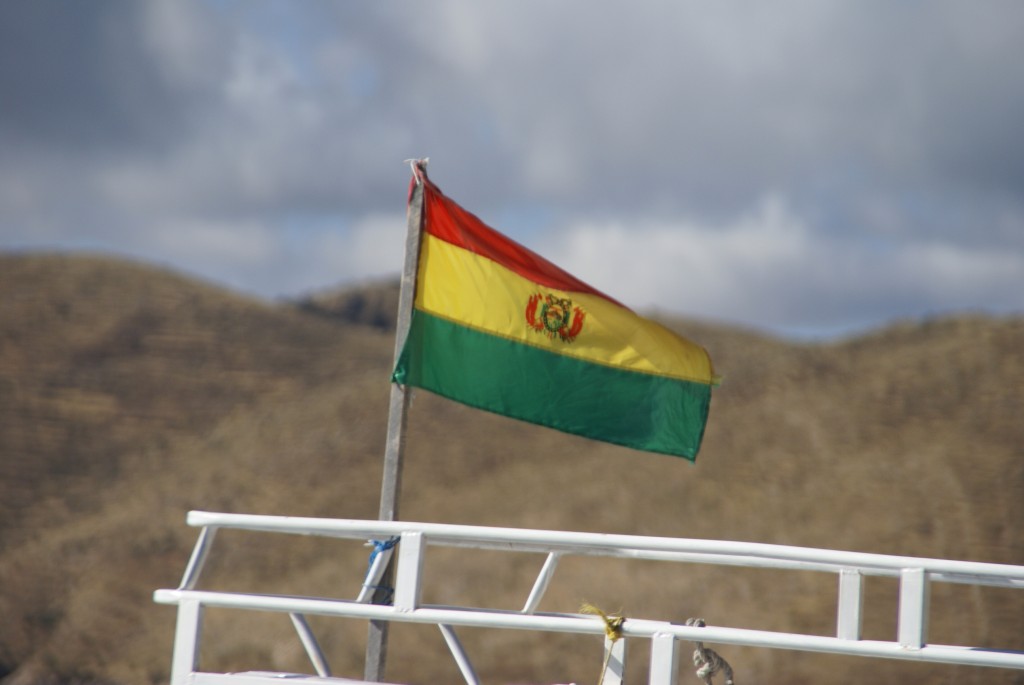
Lucy
Bolivia is nice. We had Alisha's birthday, we went and saw flamingos and we went to the jungle.
I liked learning about bugs in the jungle and going on boat rides in the Pampas. We saw lots of animals and went fishing for pirañas.
We went to the salt flats, it was fun to make funny photos. On the second island me, Carla and Alisha found a den, we make a salt house inside.
I love llamas. You can tell the difference between llamas, vicunas and alpacas. Alpacas are fluffy, vicunas are orange and don't have special earrings and llamas have colourful earrings.
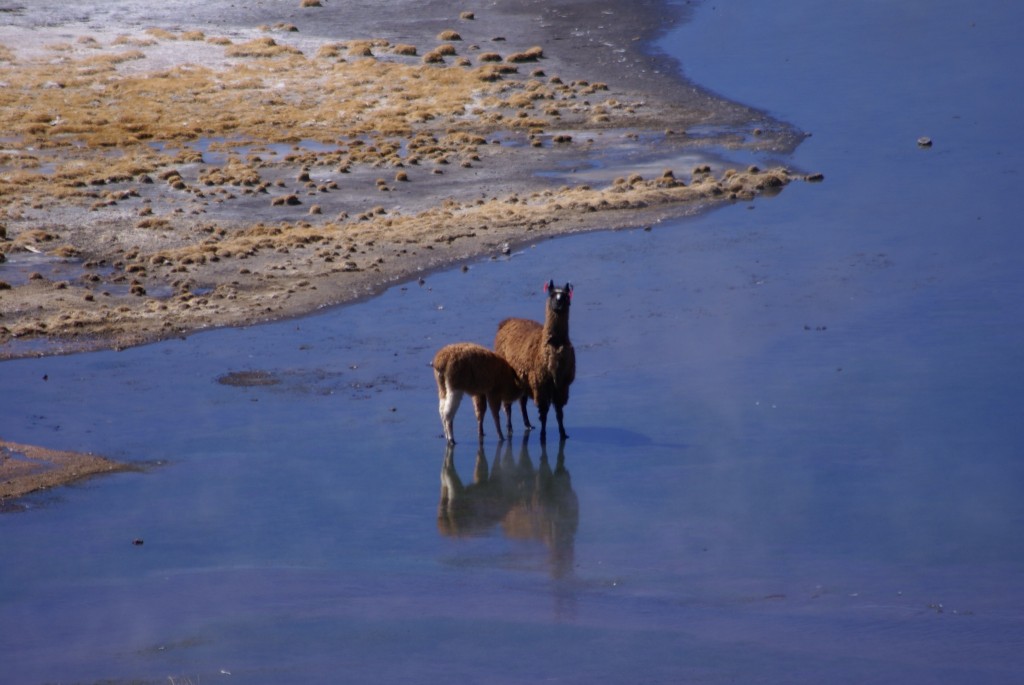
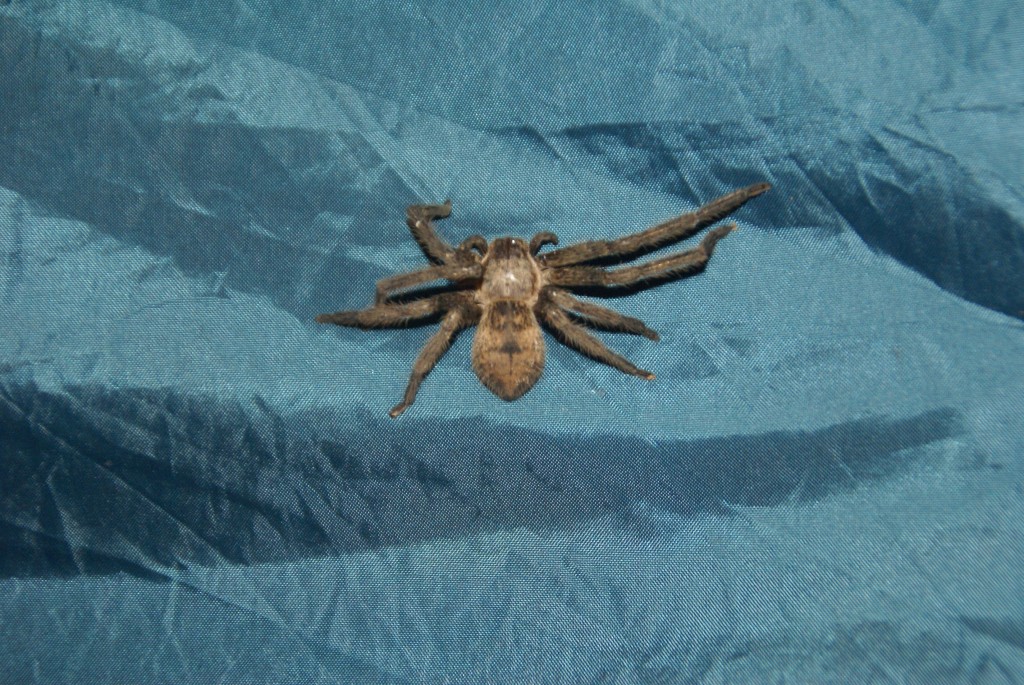
This spider looks a bit like the one that was hiding in my wellies and bit me. It hurt a lot but I was ok as it wasn't poisonous. I always remembered to check my shoes after.
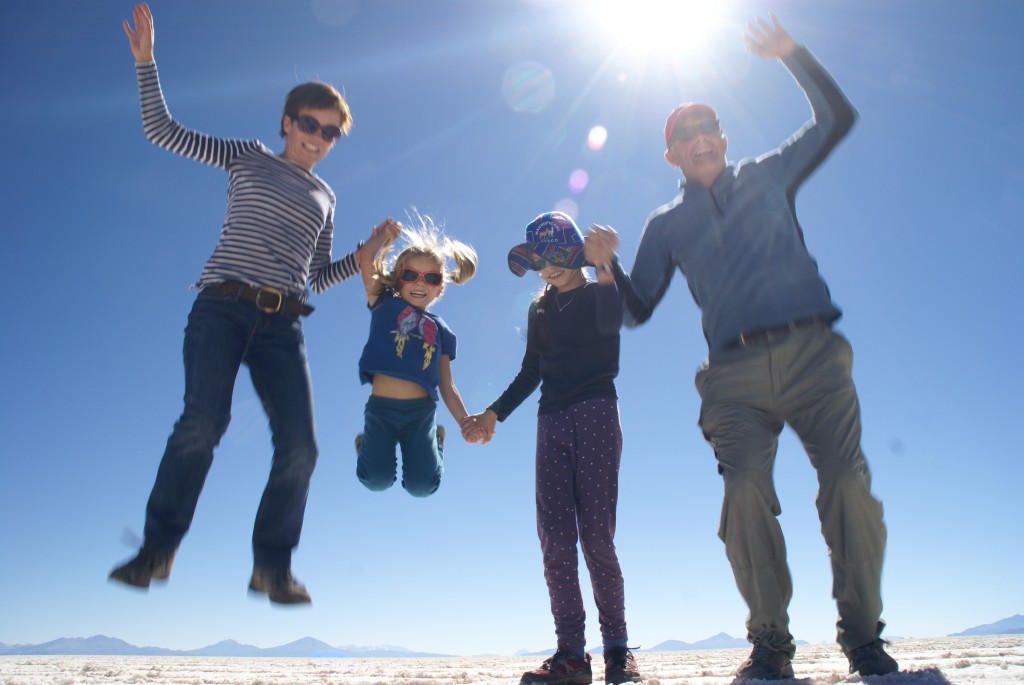
Look how high I can jump!
Alisha
After leaving Peru we found ourselves in Bolivia. Coming from the border we headed straight for Lake Titicaca. After spending one night in the truck we took a boat trip to Isla de Sol, where we spent the night. I ran off the path there and did some really good rock climbing by myself. Then we continued to La Paz, where we flew to the jungle. It was great there, the main thing I liked was when it was raining a and we made jewellery. When we went to our tent, I couldn't believe my eyes: there was a big tent and a special little tent. The little tent was my tent and I slept in every night with Mummy, Daddy or Lucy.
We went to the Pampas and one of the funniest things on the last day was that we saw a whole troop of squirrel monkeys. Some of them went on Daddy's knee and head and then they went on Lucy's hat. I didn't want to have that as Lucy said they were very heavy.
We went to Sajama where we spent my 9th birthday. My favourite present was the sewing kit, that Mummy and Daddy gave me.
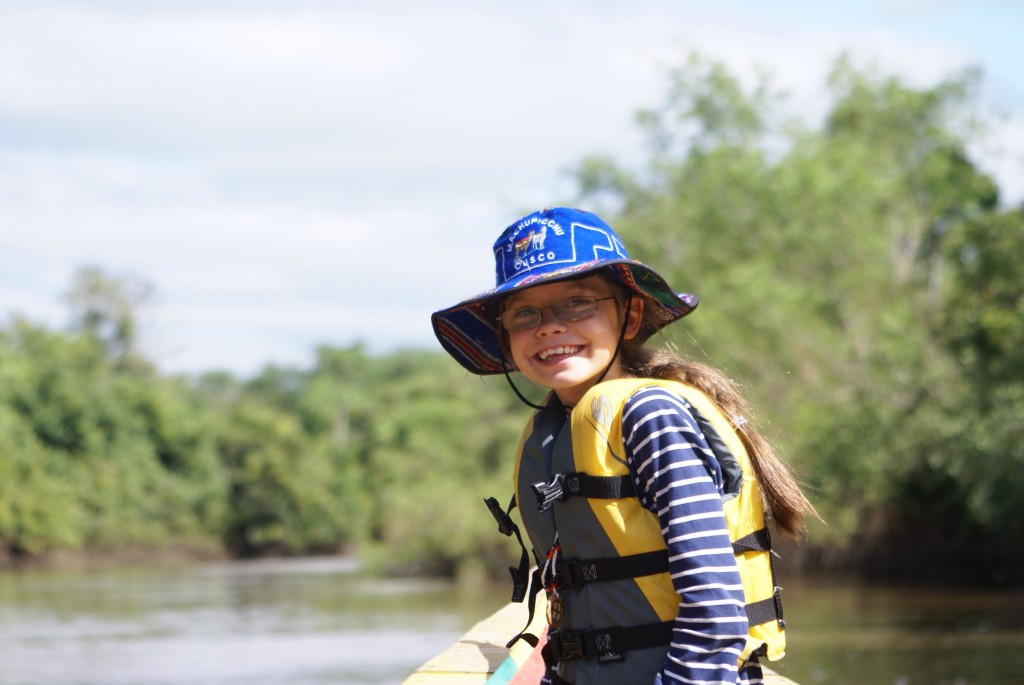
Gilly
After leaving Bolivia unexpectedly yesterday, I still don't quite know how to sum it up. It was one of the most beautiful countries we have been to, the high altiplano makes your eyes sing with its beauty but is is definitely the most difficult country we've travelled though.
We experienced two extremes: the Amazon basin and the Altiplano. We felt very privileged to experience the Amazon the way we did: deep into the jungle and in a camp that was set up by people who fought to protect their lands by getting it made into a national park. Learning about the rainforest from people whose lives are so intertwined with this unique environment was a very special experience that I won't forget.
The Altiplano fluctuating between 4000-5000m on its flatter parts, had its own unique harsh beauty. I certainly wasn't sad to leave the dusty towns of Potosi and Uyuni but I'll miss the salt flats, volcanos, snow capped peaks, jewel coloured lakes and sweeping vistas of plains covered with golden grasses. Back down at a more normal altitude it is great to find that some of the niggles that the truck was having have completely disappeared. Cooking on gas with so little oxygen wasn't easy and the toilet, which is actually a yacht toilet was definitely not meant to go that high. It was a relief to find that still works properly! The stress of worrying about when the truck will start and how much damage we were doing to it on the bad roads was also wearing. Although we were fortunately unaffected, the threat of roadblocks and civil unrest for two weeks didn't help matters either. That aside what I'll remember most about Bolivia is the stunning scenery.

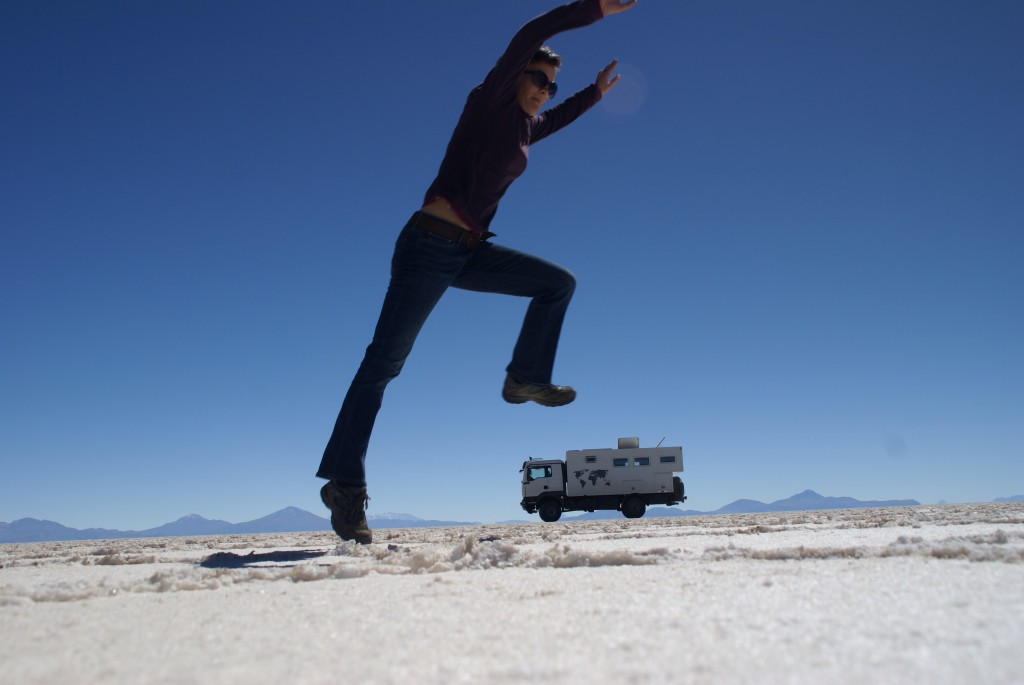
Steve
Bolivia is a country of extremes. The Altipano is a harsh environment but is stunningly beautiful. People life a hard life up there and it was hard on us and the truck. Most of the time we were near or above 4000m and that meant it was also below freezing most nights. This meant we struggled to start the truck some mornings and sometimes had to wait for the sun to warm it up. Some of the roads were also really bad. We are used to dirt roads but what made these so bad were the endless corrugations which rattled the truck to bits no matter at what speed you drove. The scenery though was stunning and made it worthwhile, volcanoes, snow capped mountains and flamingo filled lakes.
The Salar de Uyuni was very special and it was great to be camped out in the middle of nowhere in a salt lake, the silence was deafening.
Whilst most of the high altiplano towns were uninspiring and reflected the harsh environment of the people living there, Sucre was lovely and pleasant and being just that bit lower was warmer both in temperature and in the people.
The jungle region was altogether different, clearly a different topography but the people were completely different too and it was a great experience to camp in the jungle.
Bolivia is a challenging country to travel in but one that is worthwhile. It also makes you appreciate the creature comforts when you arrive somewhere more developed.
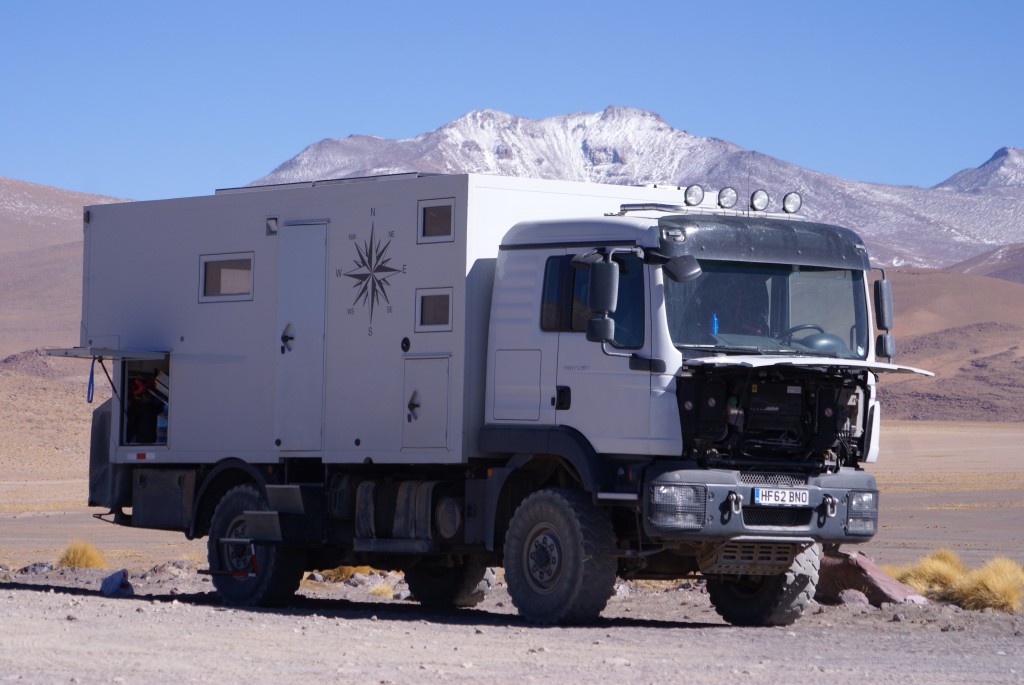
The truck "sunbathing", trying to warm up after a night at -13° C.
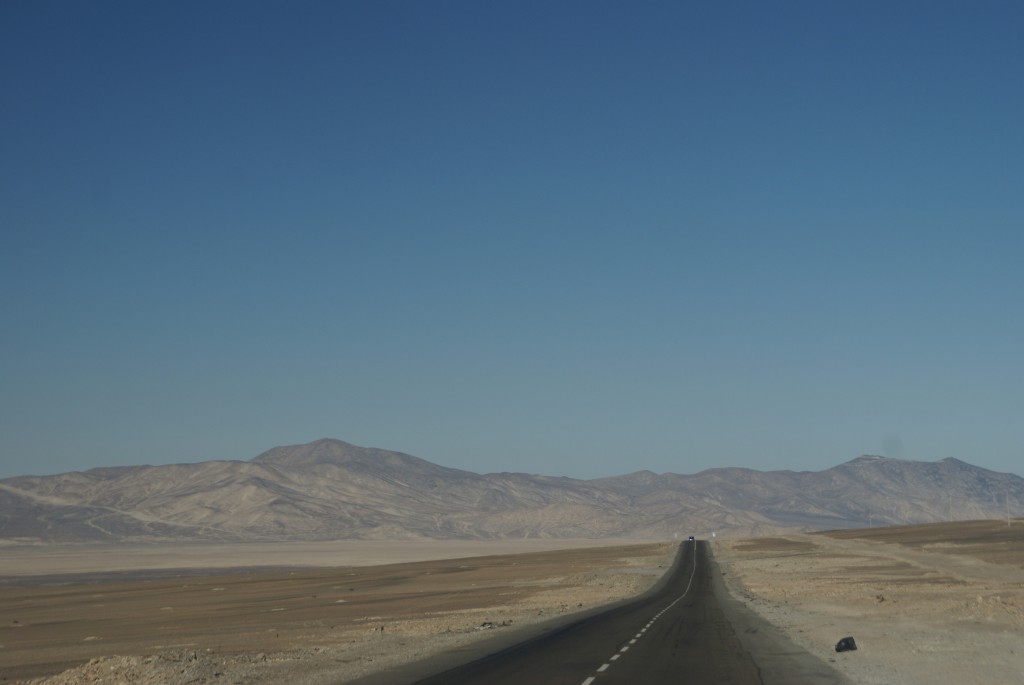
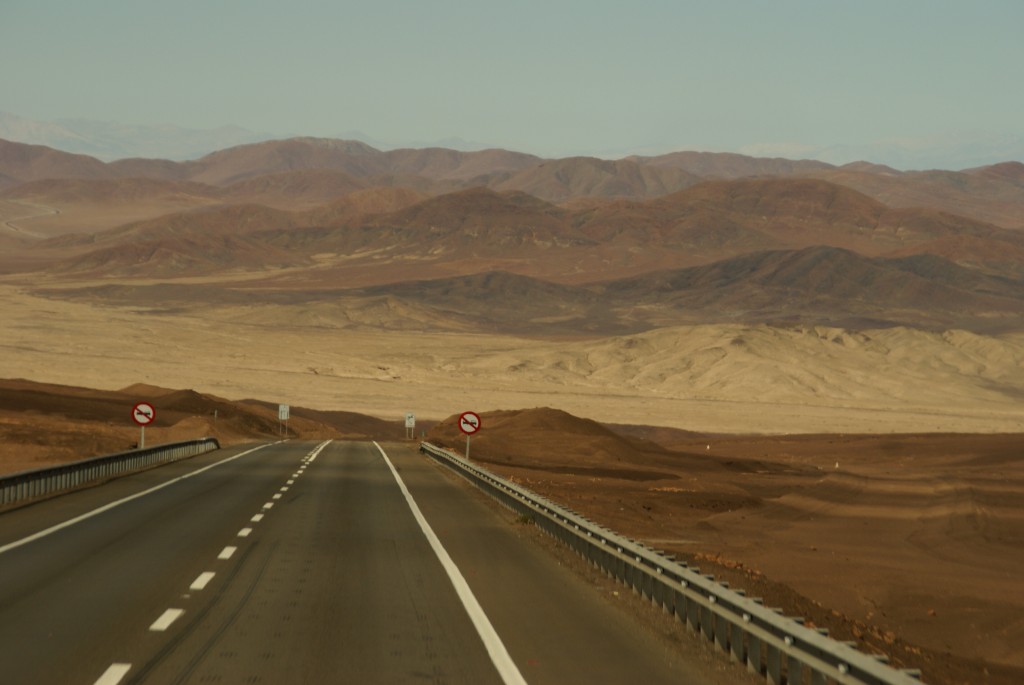 We left the stunning Valle de Luna near San Pedro de Atacama after school to head to the mining town of Antofagasta on the coast. A beautifully smooth tar ribbon wound down to the sea through the completely dry parched desert. As it is winter here it wasn't particular hot unless the sun is directly on you. A lot of Chile's wealth comes from mining, especially copper and for many kilometres the only signs of human life were the dusty tracks to mines off in the hills and elaborate memorials for people who've died in crashes on the sides of the roads. All though Latin America we've seem small memorials for loved ones who've died but Chile seems to have the biggest...and the most frequent. This seems strange as the driving is of a higher standard than we've seen so far. They also have a lot of roadside shrines for saints, these look like works of love by believers and are made of a random selection of materials.
We left the stunning Valle de Luna near San Pedro de Atacama after school to head to the mining town of Antofagasta on the coast. A beautifully smooth tar ribbon wound down to the sea through the completely dry parched desert. As it is winter here it wasn't particular hot unless the sun is directly on you. A lot of Chile's wealth comes from mining, especially copper and for many kilometres the only signs of human life were the dusty tracks to mines off in the hills and elaborate memorials for people who've died in crashes on the sides of the roads. All though Latin America we've seem small memorials for loved ones who've died but Chile seems to have the biggest...and the most frequent. This seems strange as the driving is of a higher standard than we've seen so far. They also have a lot of roadside shrines for saints, these look like works of love by believers and are made of a random selection of materials.
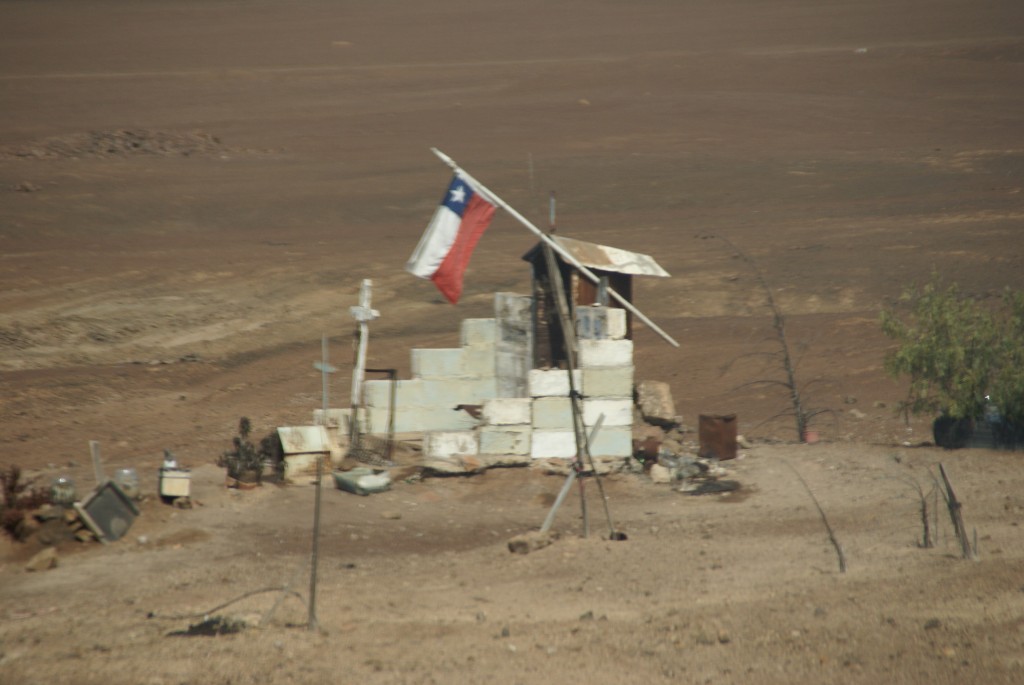
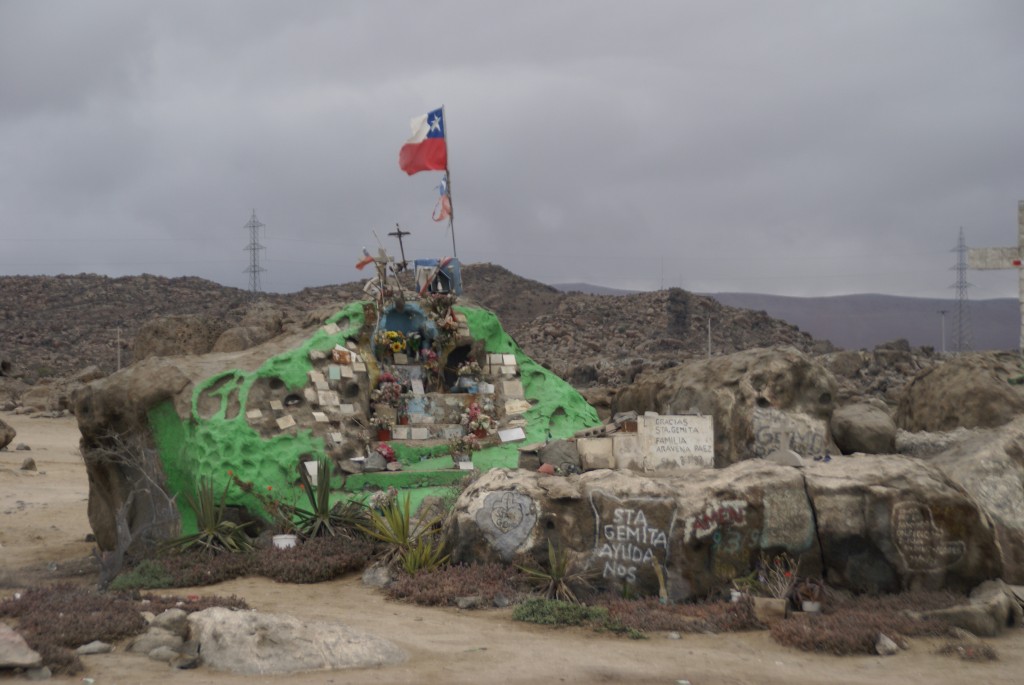 We'd planned to spend the night in Antofagasta so we could get jobs like laundry done the following morning but to say the campsites left a little to be desired would be an understatement. I wasn't keen on urban boondocking on the beach in the middle of town so we headed back out to the desert. The bizarre sculpture Mano de Desierto sticking out of the sand in the middle of nowhere seemed as good as anywhere else to park up for the night.
We'd planned to spend the night in Antofagasta so we could get jobs like laundry done the following morning but to say the campsites left a little to be desired would be an understatement. I wasn't keen on urban boondocking on the beach in the middle of town so we headed back out to the desert. The bizarre sculpture Mano de Desierto sticking out of the sand in the middle of nowhere seemed as good as anywhere else to park up for the night.
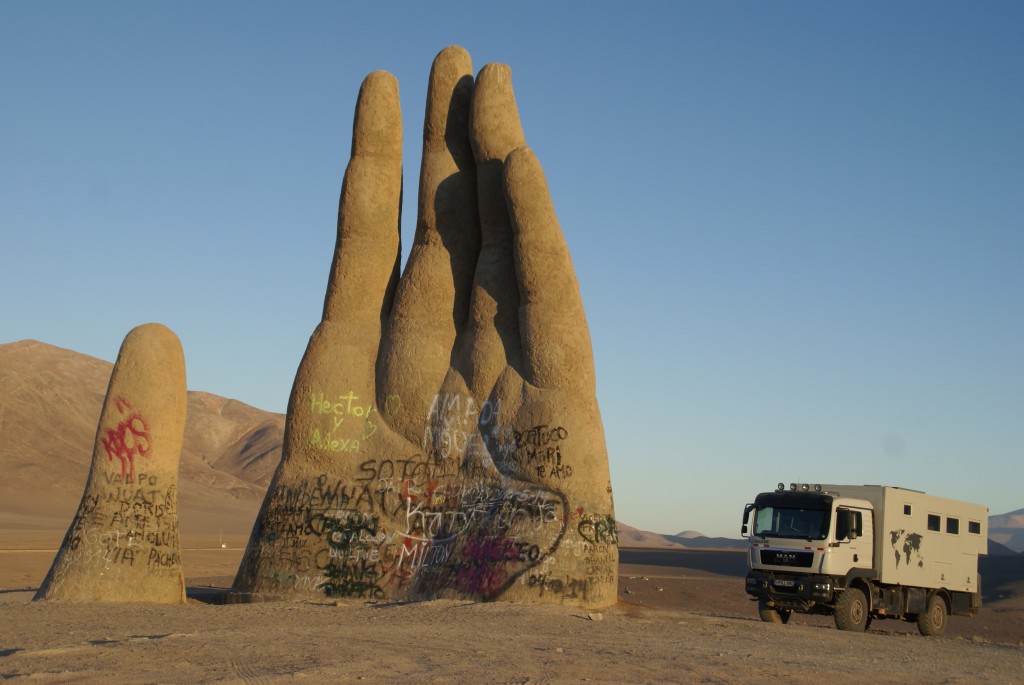
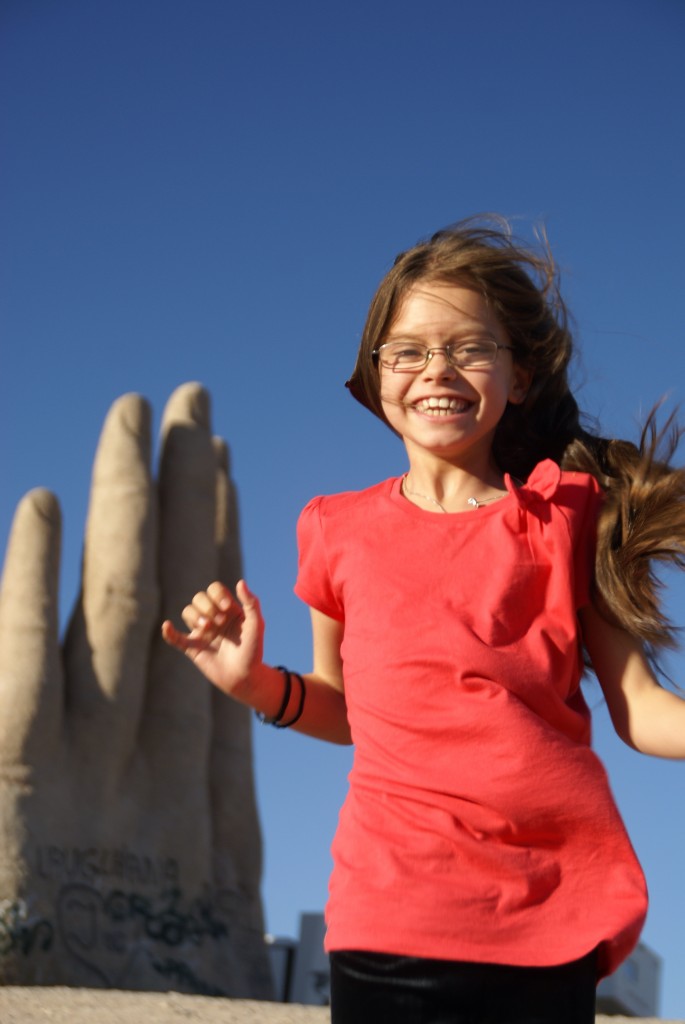
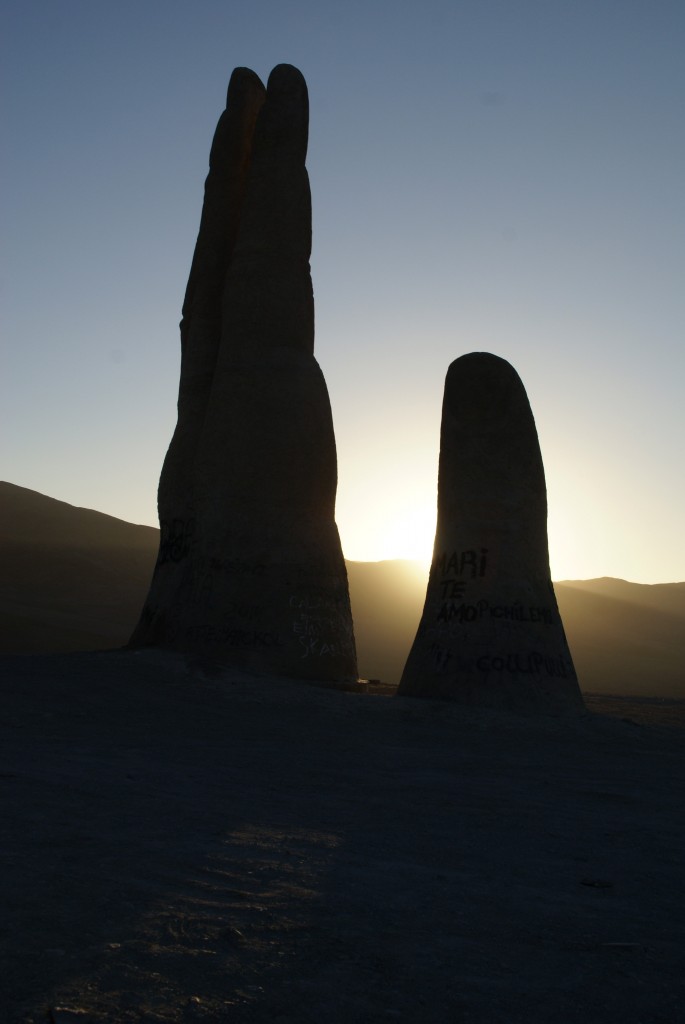 Still in desperate need of clean clothes (I love this overlanding lifestyle but sometimes even I miss things like a washing machine!) we made the detour to the small fishing and mining town of Taltal. "Every Day is Like Sunday" by Morrissey was on repeat in my head, there is something very melancholy about seaside towns in the winter. Especially when you've done a 80km detour to find no laundry. We'd hand wash it ourselves, if there wasn't a constant sea mist near the coast and it seems ridiculous to pick an inland camp spot purely for its drying properties! We'd also have to find at least one tree to put up a washing line and we hadn't seem one those for 100s of Kms.
Still in desperate need of clean clothes (I love this overlanding lifestyle but sometimes even I miss things like a washing machine!) we made the detour to the small fishing and mining town of Taltal. "Every Day is Like Sunday" by Morrissey was on repeat in my head, there is something very melancholy about seaside towns in the winter. Especially when you've done a 80km detour to find no laundry. We'd hand wash it ourselves, if there wasn't a constant sea mist near the coast and it seems ridiculous to pick an inland camp spot purely for its drying properties! We'd also have to find at least one tree to put up a washing line and we hadn't seem one those for 100s of Kms.
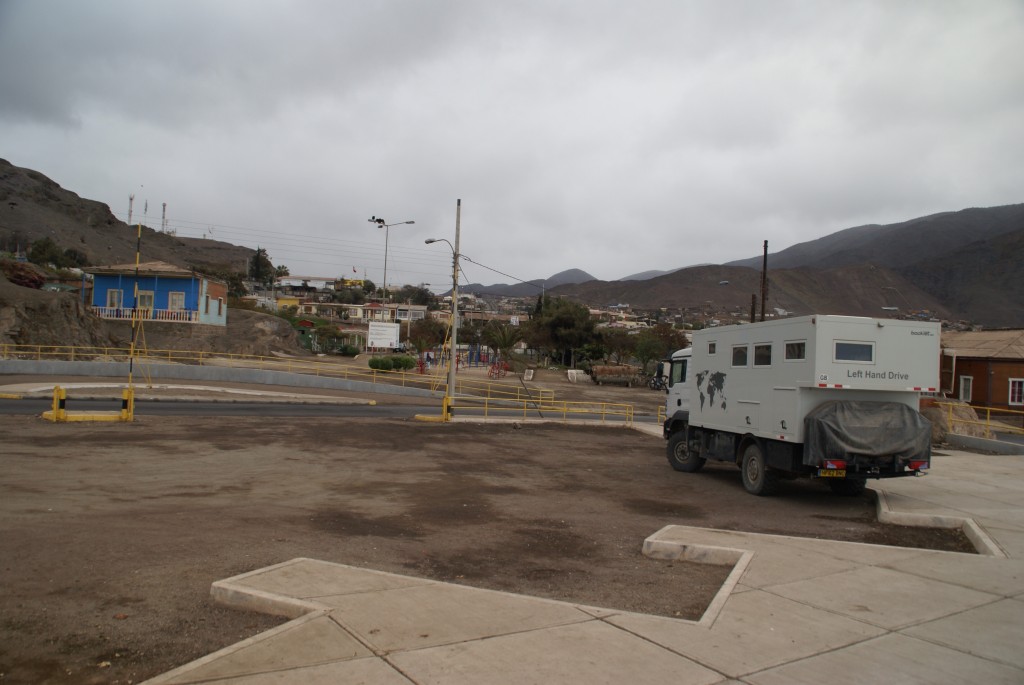 Taltal: "...everyday is silent and grey..."
Our stop for the night, just outside Pan de Azucar National Park cleared all the melancholy away though. A beautiful sunset on a perfect white beach, we parked up just off the quiet road for the night. The "sugar loaf" island just off the land is famous for its Humbolt Penguins but we skipped the opportunity for a boat ride out the following morning as it was expensive, freezing and the girls were more than happy examining the dead specimen we found on the beach.
Taltal: "...everyday is silent and grey..."
Our stop for the night, just outside Pan de Azucar National Park cleared all the melancholy away though. A beautiful sunset on a perfect white beach, we parked up just off the quiet road for the night. The "sugar loaf" island just off the land is famous for its Humbolt Penguins but we skipped the opportunity for a boat ride out the following morning as it was expensive, freezing and the girls were more than happy examining the dead specimen we found on the beach.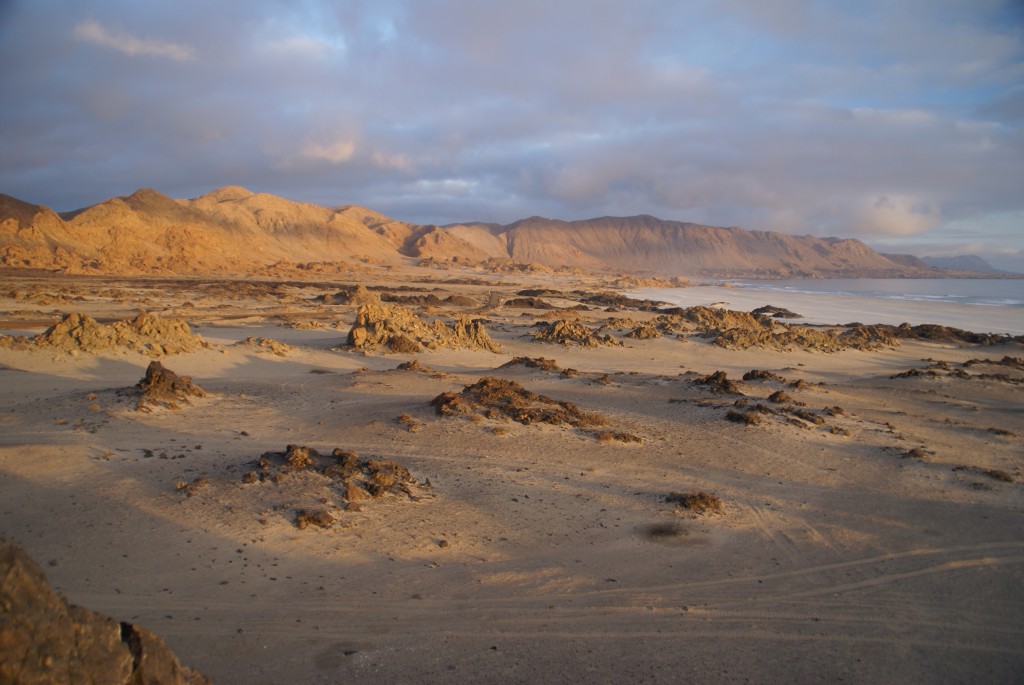
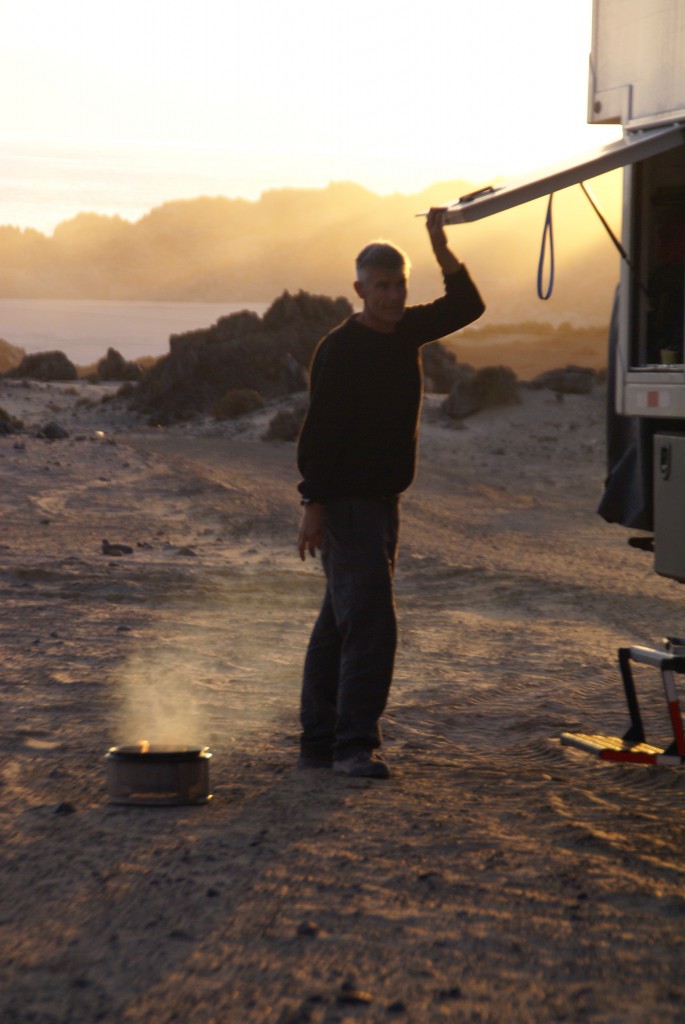
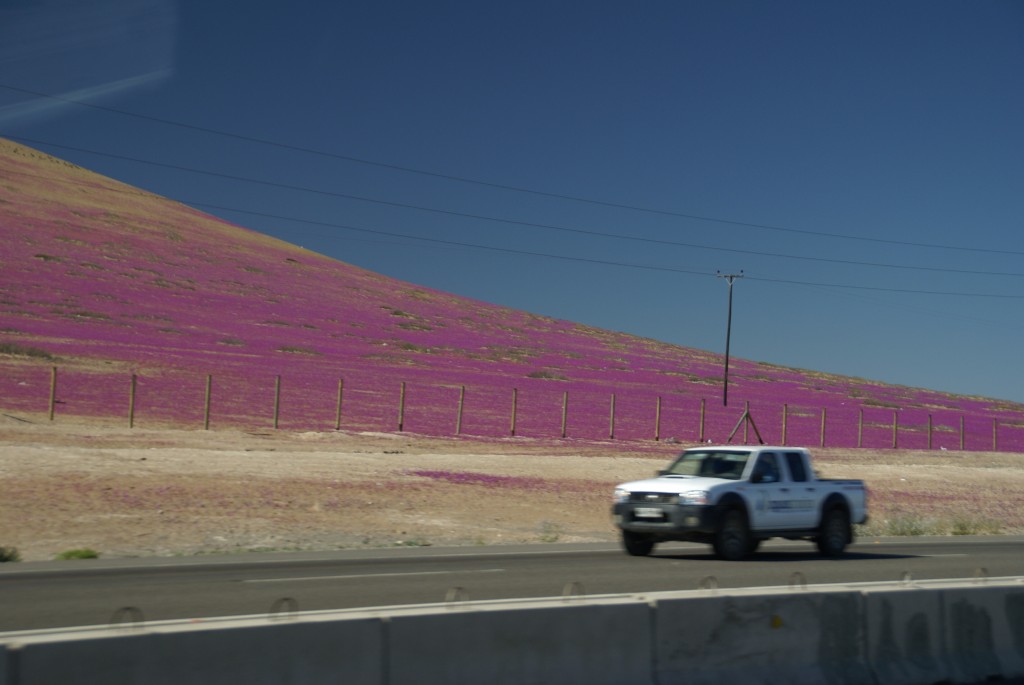
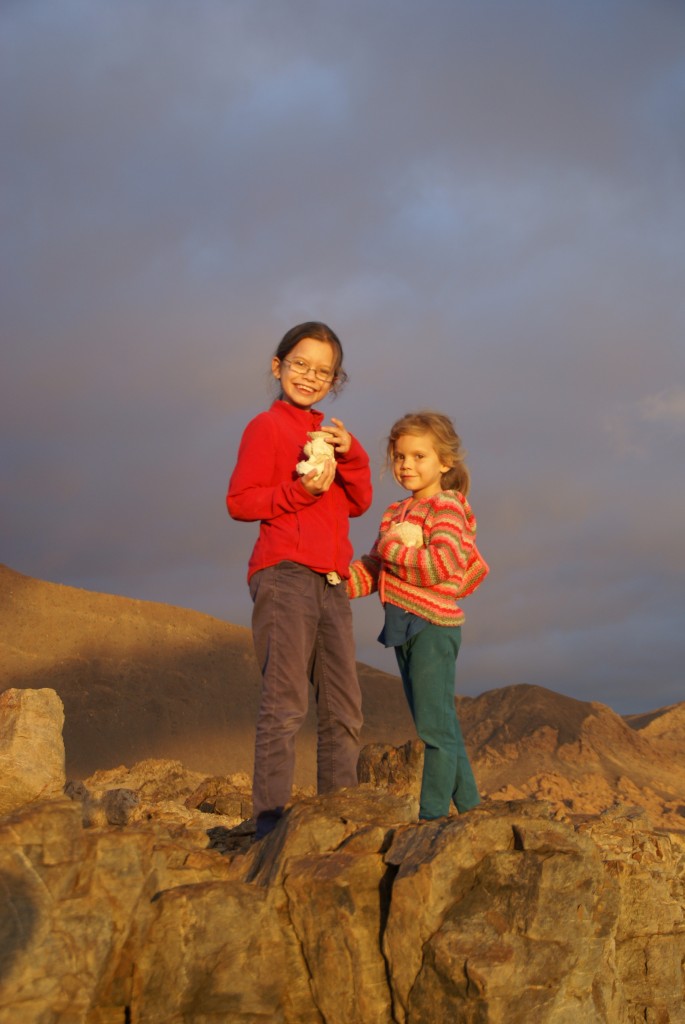 Luckily the small town near the beach resort Bahia Inglesia came up trumps with a laundry, pretty good after a 500km search! We camped in what would in peak season be a campsite for 300 plus people but we had it to ourselves bar two tents. We spent a very relaxing day here doing next to nothing although the kids had fun putting up our tent and playing in it. It was nice to have a break from the recent long drives.
Luckily the small town near the beach resort Bahia Inglesia came up trumps with a laundry, pretty good after a 500km search! We camped in what would in peak season be a campsite for 300 plus people but we had it to ourselves bar two tents. We spent a very relaxing day here doing next to nothing although the kids had fun putting up our tent and playing in it. It was nice to have a break from the recent long drives.
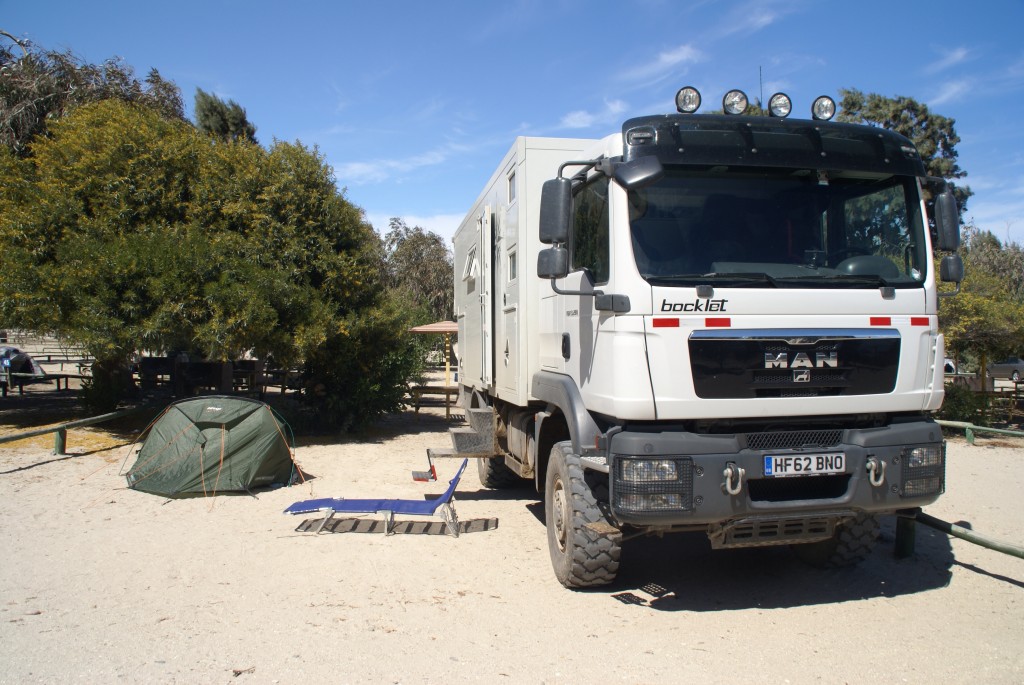
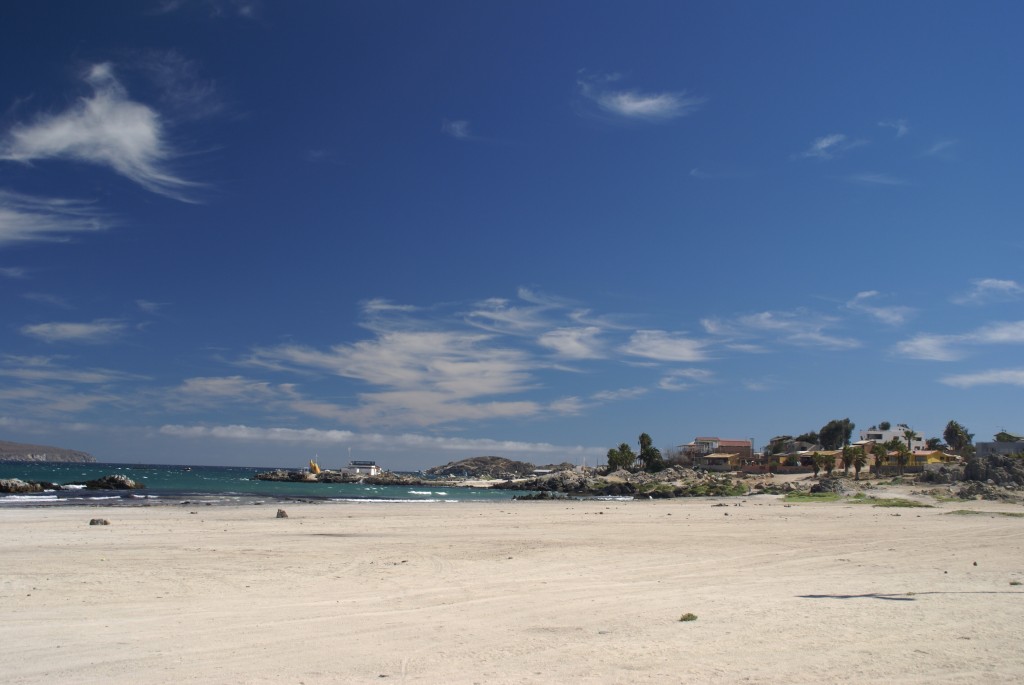 Making our way further down the coast to La Serena, only another 7 hours though the desert, we slept on the promenade for the night. It reminded us very much of Spain. The town was pretty but not enough to tempt us for another night, so we headed out to the fertile Elqui Valley to check out the Pisco and the stars.
Making our way further down the coast to La Serena, only another 7 hours though the desert, we slept on the promenade for the night. It reminded us very much of Spain. The town was pretty but not enough to tempt us for another night, so we headed out to the fertile Elqui Valley to check out the Pisco and the stars.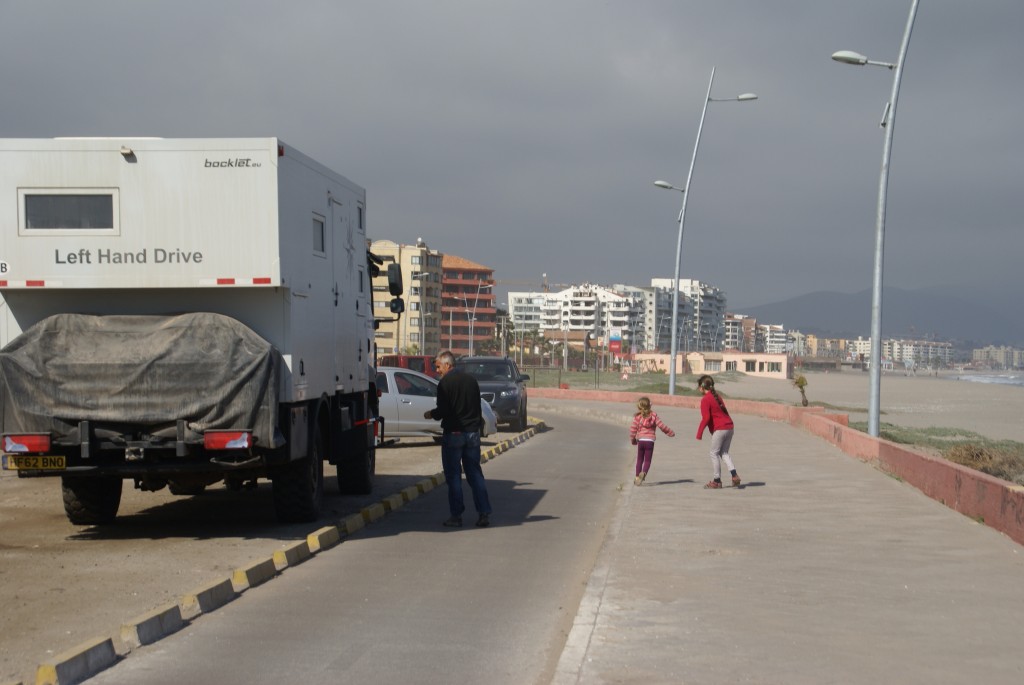
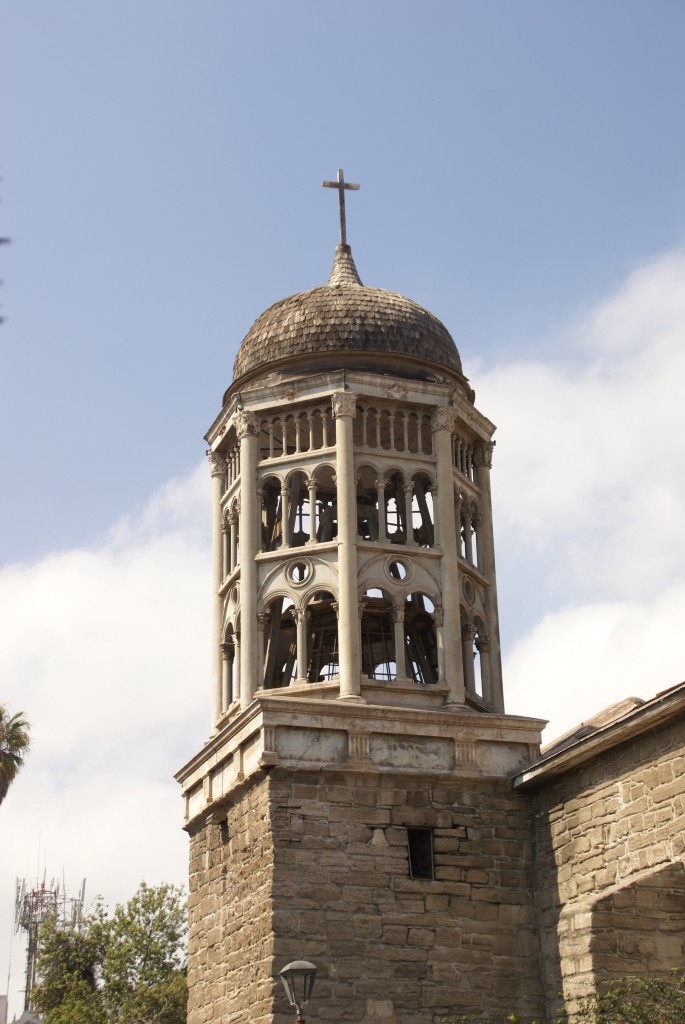
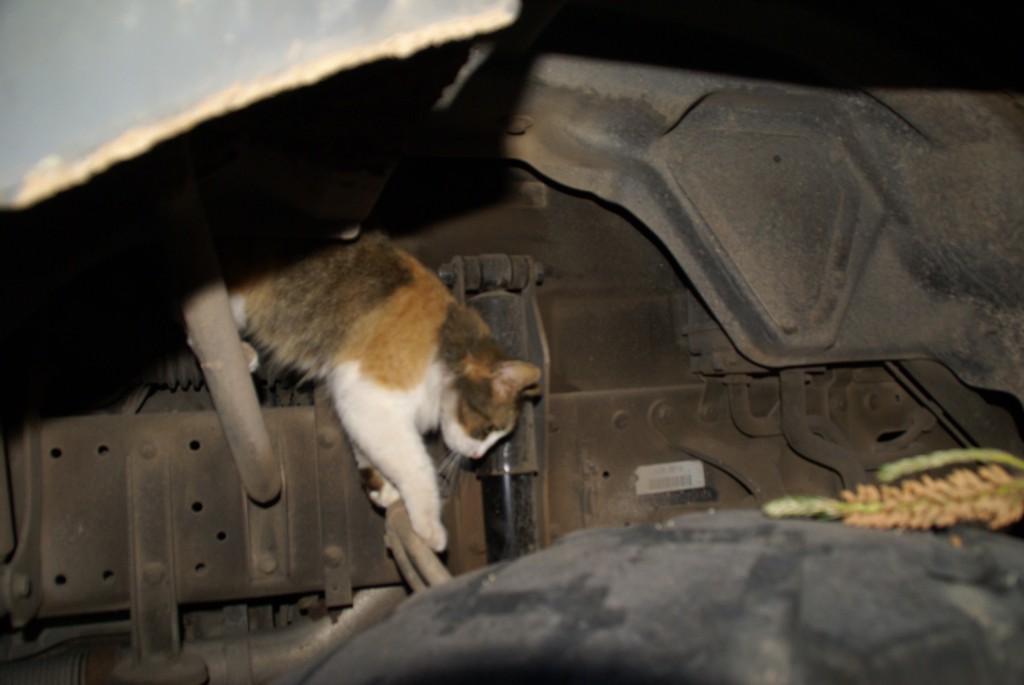 The local wildlife checking out our shiny new shock absorbers.
The local wildlife checking out our shiny new shock absorbers. 
